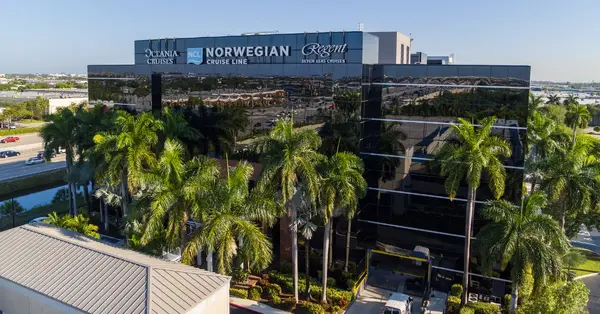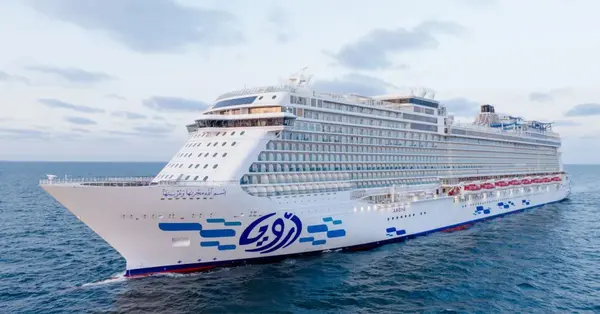Barcelona to close 2 cruise terminals amid overtourism concerns
Spanish city to lower passenger numbers from 37,000 to 31,000

Cruise growth at the port of Barcelona, one of Europe’s most popular tourist destinations, is to be restricted under plans to cut the number of terminals.
Cruise terminals will be reduced from seven to five by demolishing current terminals A, B and C, and building a new terminal on the site of terminal C.
The new terminal will be capable of serving 7,000 passengers "at any given time" as part of the €185 million (AED797 million) scheme. This will lower the number of passengers the port can handle at one time from 37,000 to 31,000 by the end of the decade.
The agreement between the port – one of the key cruise hubs in the Mediterranean – and Barcelona City Council comes against the backdrop of a local backlash against overtourism affecting the Catalan city.
Barcelona mayor Jaume Collboni said: “For the first time in history, a limit is being placed on the growth of cruises in the city.”
The mayor recalled that the number of cruise passengers increased by 20% between 2018 and 2024 without capacity limits.
“The current management of tourism involves setting limits and managing better,” Collboni added.
RELATED:
Saudi Arabia introduces cruise ship framework to boost Red Sea tourism
Cruise Saudi to develop 10 destinations by 2030
Groundbreaking new event to drive cruise growth in Gulf region
A Port of Barcelona statement said: “The agreement signed today acknowledges that maritime tourism is an economic sector with a significant weight in the city, but specifies that it requires planning and management measures, just as is already happening in other tourism sectors such as accommodation, mobility, public spatial planning or taxation."
A sustainable mobility plan includes drafting a study to evaluate the mobility generated by cruise ships.
This will feed into a sustainable management plan for “land mobility of cruise passengers” and will include features such as a regular shuttle service and an ongoing monitoring system with data shared with the city council.
You have viewed both of your 2 free articles this month as an unregistered user
To continue reading, please register with Connecting Travel free of charge, or if you have already registered click here to login
















